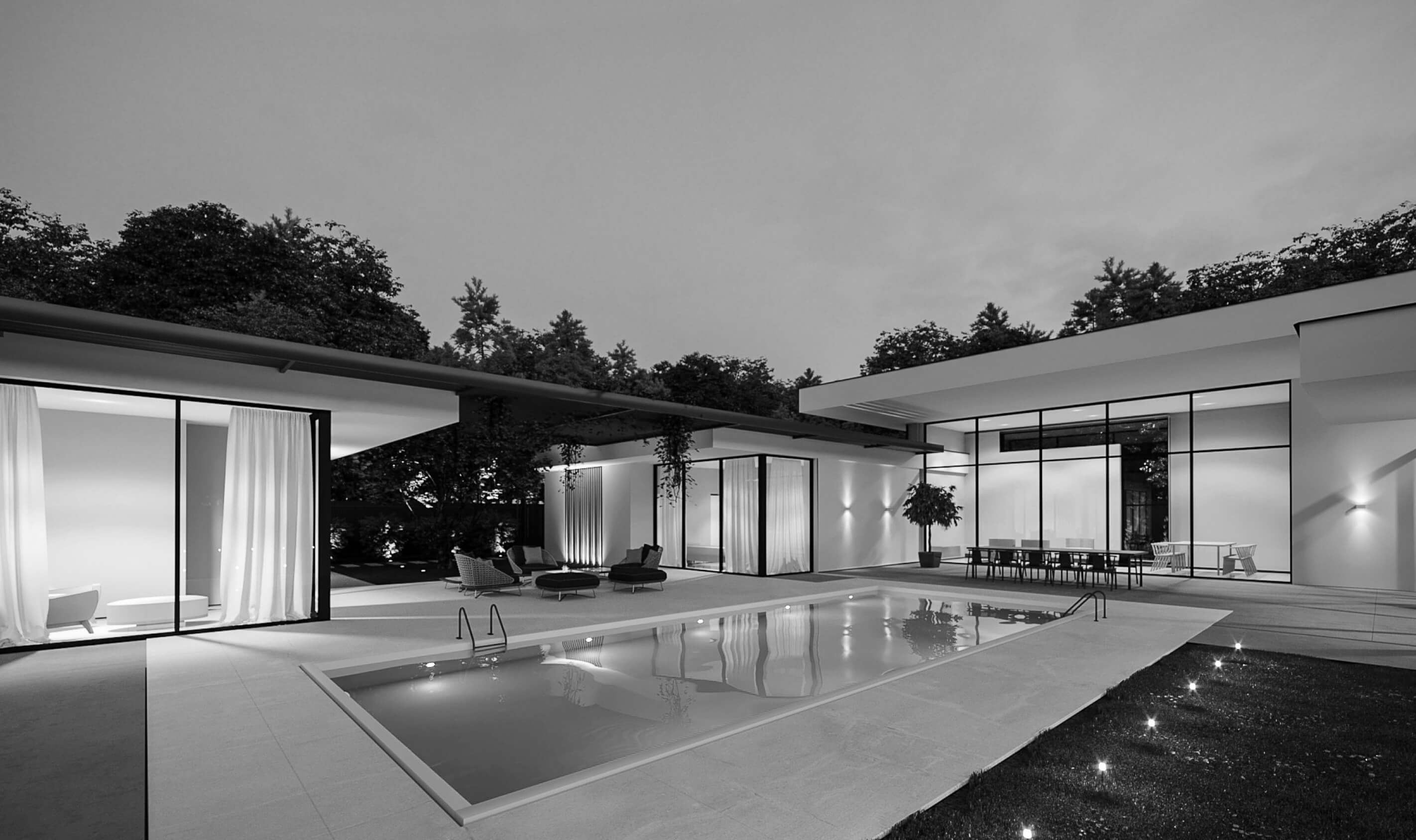Natural and artificial lighting. Keeping balance
By nature, humans are active mammals. It doesn’t sound very grateful, but it is perceived as completely normal: the rhythm of light and darkness determines our daily routine. Many people cannot sleep in the light, wake up at sunrise, and get tired in the dark. This is fine. The body produces melatonin when the brightness decreases, the hormone has a relaxing effect and thus puts the body into a resting phase. The concentration is over, fatigue sets in. In this connection, natural light should prevail, and artificial light should simply increase the light to a sufficient level – the goal should be for people to feel connected with the outside world, while being able to work comfortably.
Such lighting can also reduce energy costs, as more natural light in an office means less artificial light is needed, which is another financial benefit.
Natural light would be ideal, as sunlight dynamically changes temperature and intensity throughout the day. He is responsible for controlling our biorhythms. Therefore, it is very important to adapt artificial lighting to every moment of the day.
With daylight management systems (also known as daylight harvesting systems), you can adjust the level of artificial light based on the level of natural light.
Of course, not all areas can or should have natural light. For example, areas with less traffic, such as conference rooms, meeting rooms, kitchens or washrooms, can be safely designed with artificial lighting.
Considering the benefits of exposure to natural light, make sure your employees have access to sunlight at their desks.


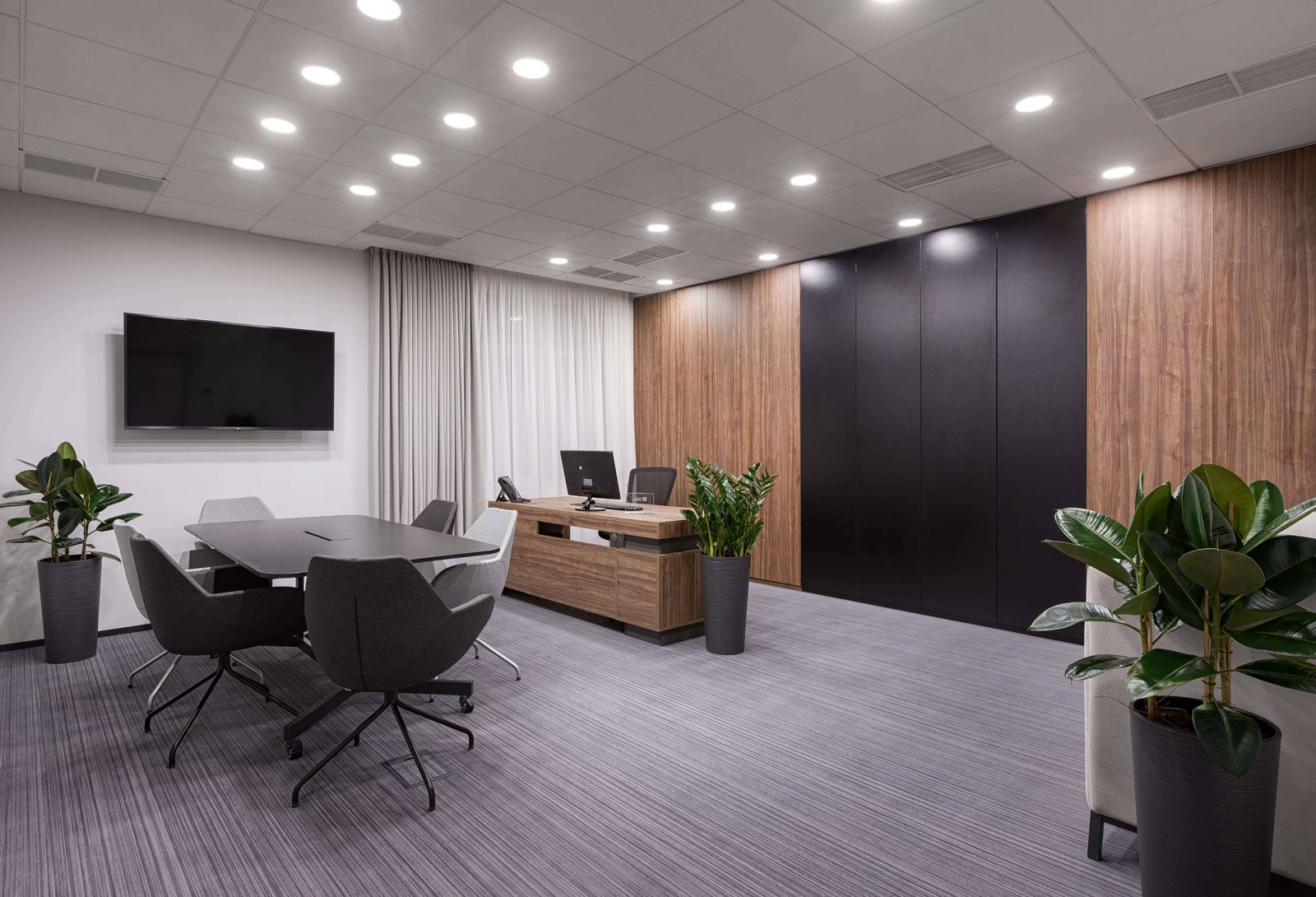
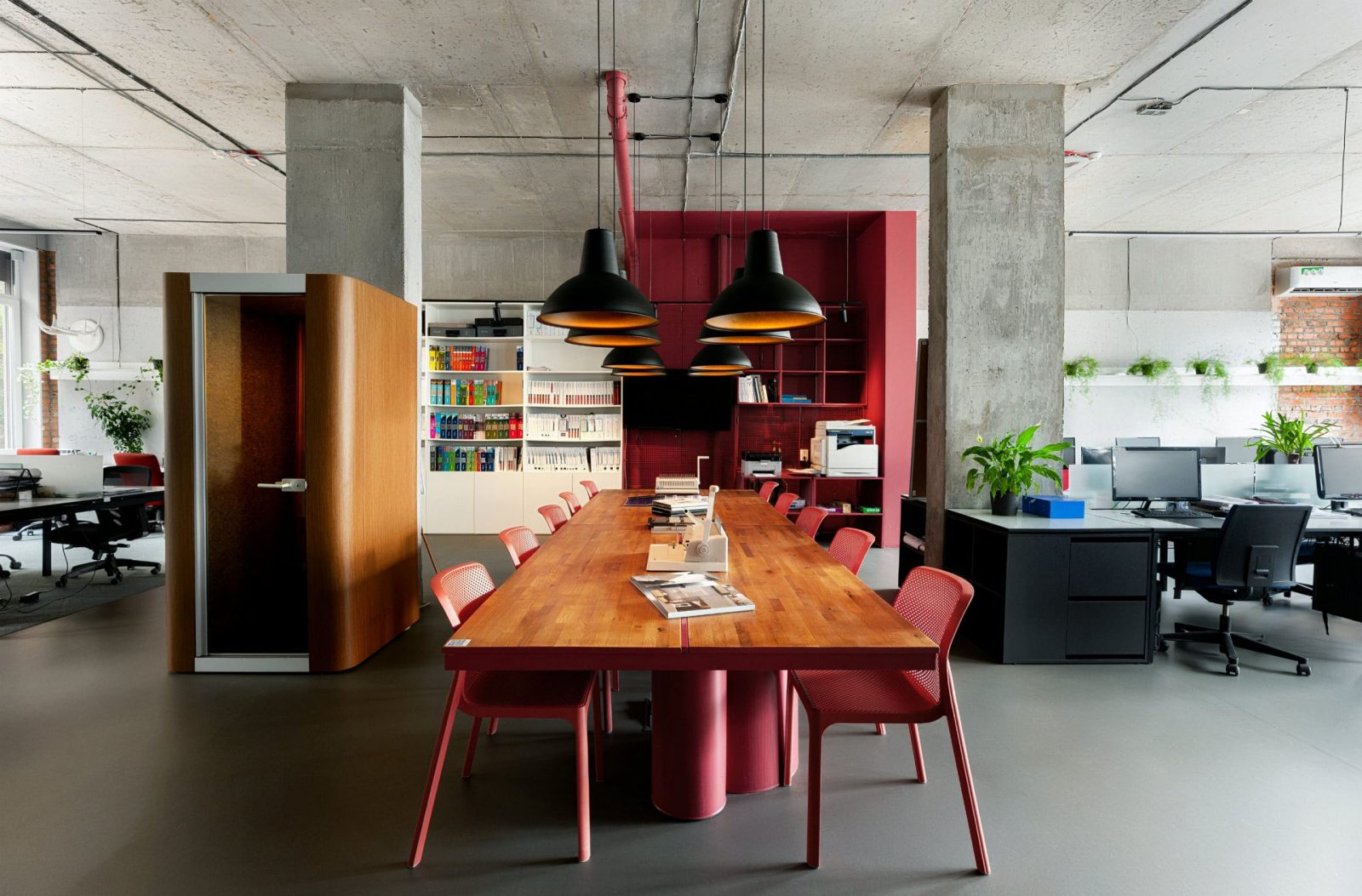



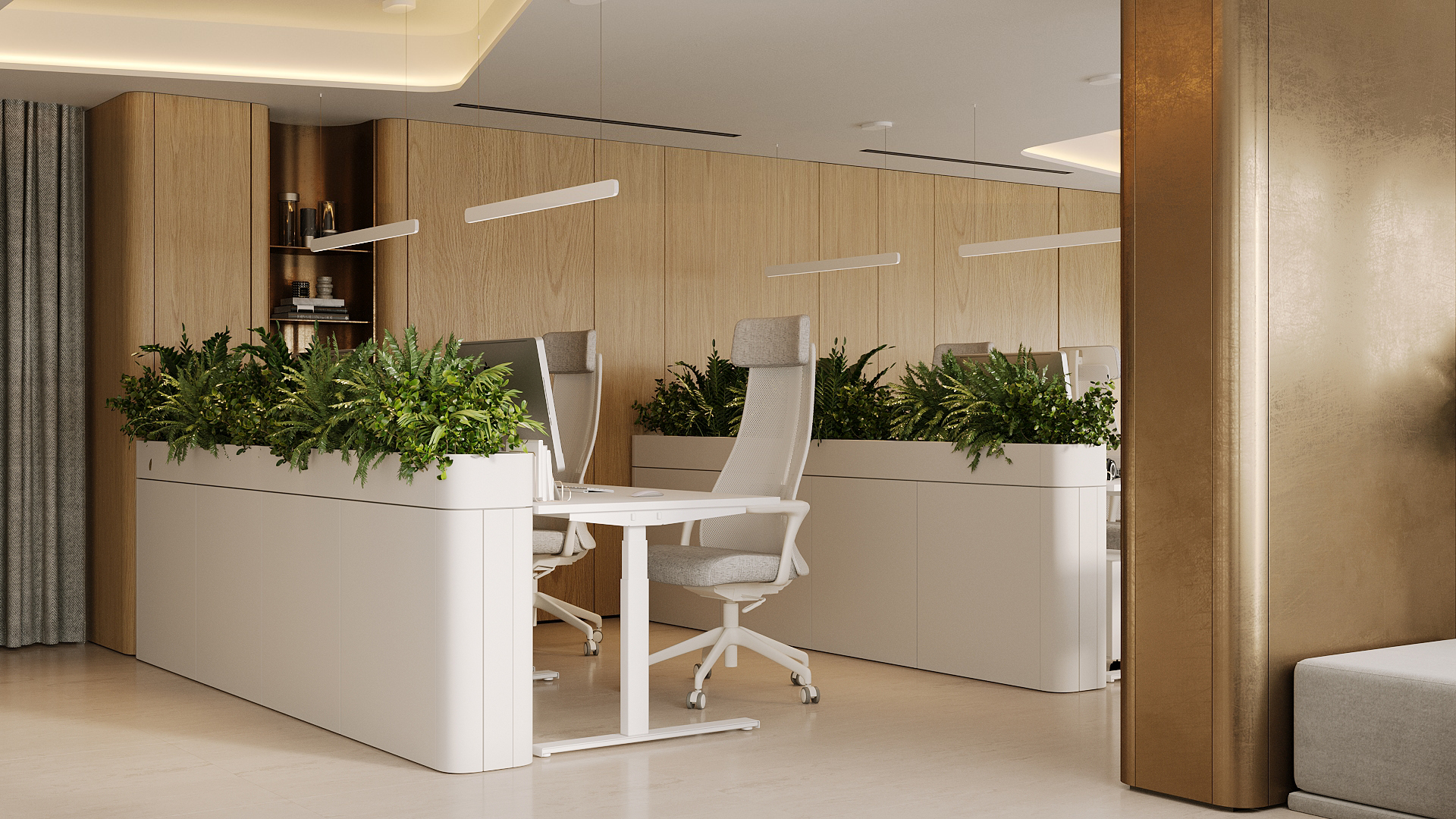
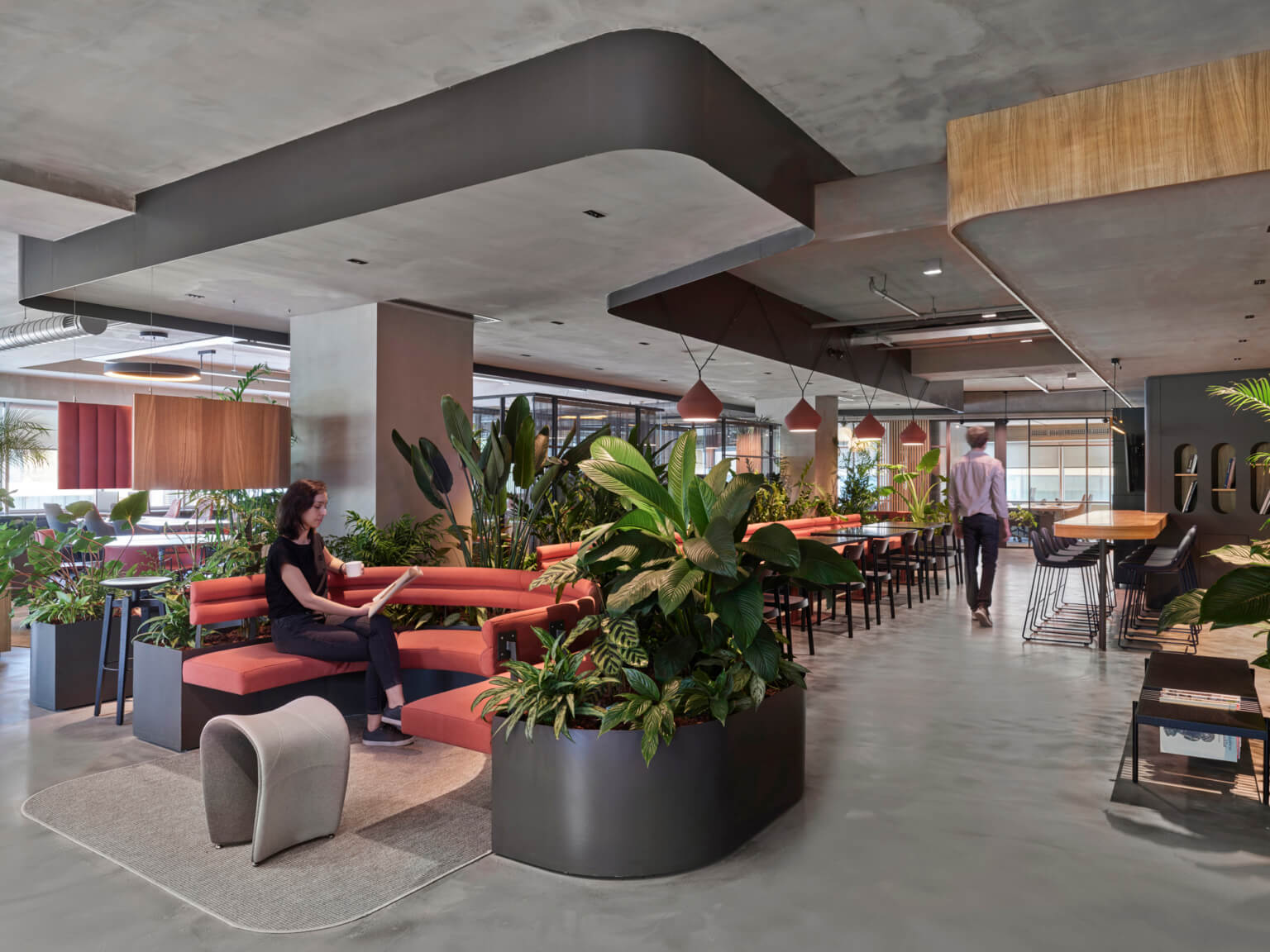

 Back
Back


